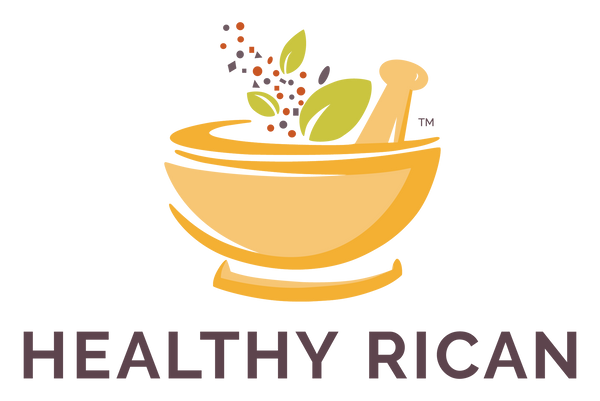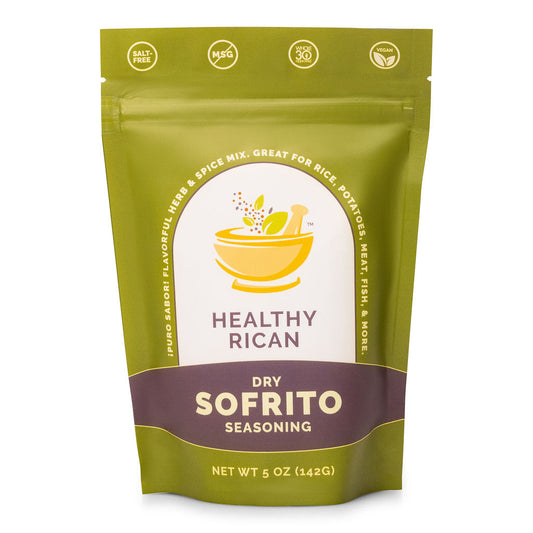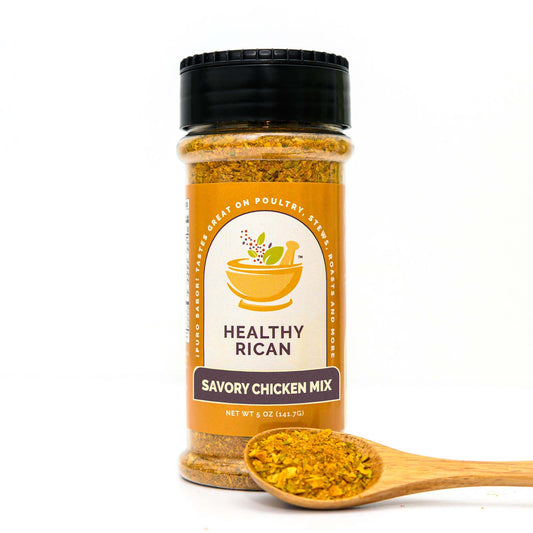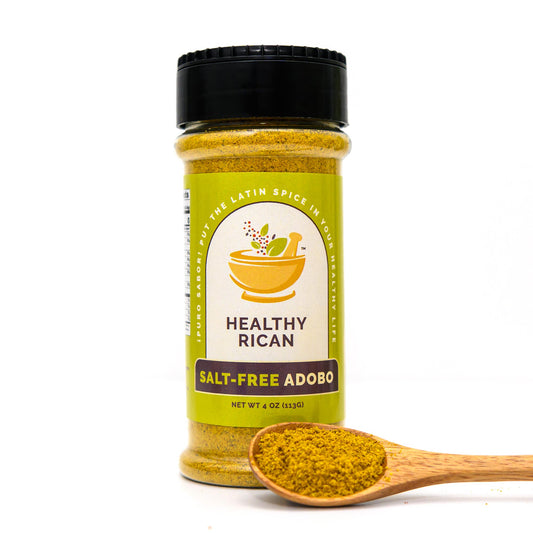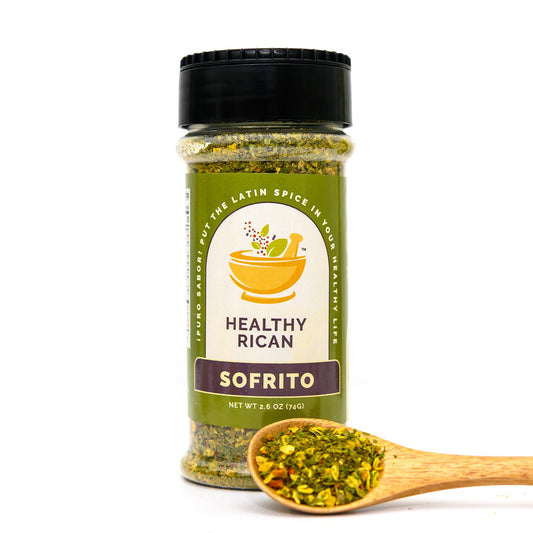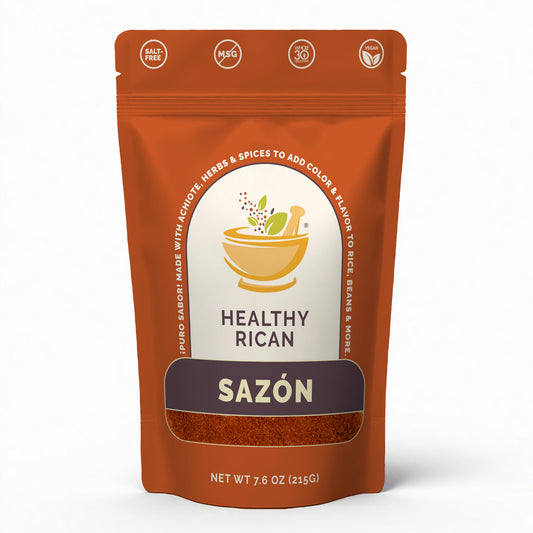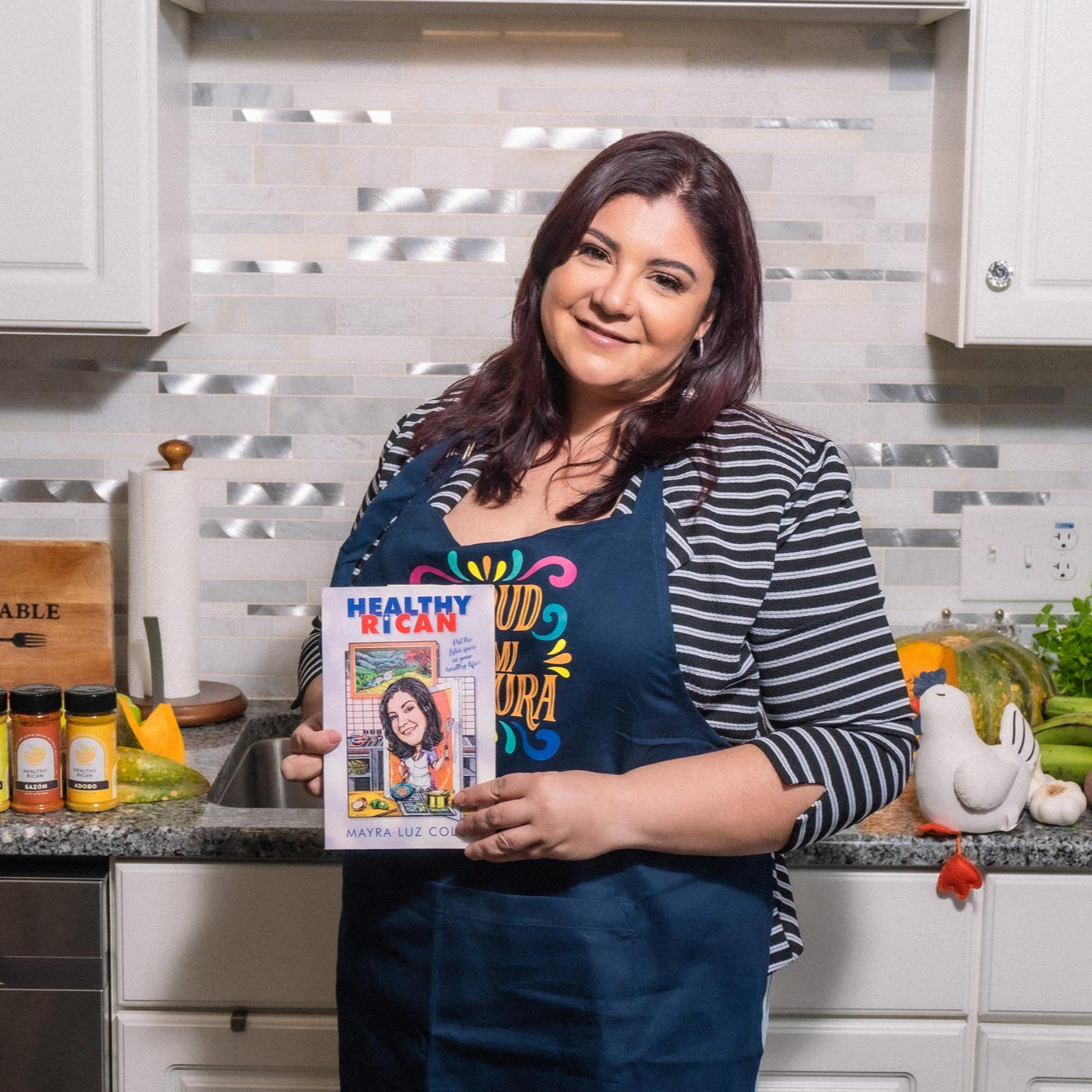You’ll find the beloved Puerto Rican Pasteles deep down in Puerto Rican culture. Pasteles are much more than just a dish. They’re a classic tradition bringing families together during holidays and special occasions. Imagine a special treat wrapped in a banana leaf filled with perfectly seasoned pork. The smell alone will take you to Puerto Rican Christmas when people enjoy these treats. But don’t be intimidated by how they look at first. They may seem complicated, but they’re not. You can make Puerto Rican Pasteles in your very own kitchen. This guide will unveil the secrets of making this unique cuisine. Learn how to make Pasteles and share its delicious flavors with your family and friends.
What are Puerto Rican Pasteles Made Of?

The dough of Pasteles is a unique, delicious mix of root vegetables.
Ingredients for the dough:
- Yuca (cassava): Yuca adds a starchy and slightly nutty taste. It gives the dough structure and keeps it moist.Yautia (taro)
- Calabaza (tropical pumpkin): Calabaza brings a bit of sweetness. It also gives the dough a vibrant orange color.
- Green Bananas: Green bananas are peeled and processed into a paste, giving flavor and texture. They bring a subtle sweetness, making it the signature of Pasteles.
- Combining these ingredients gives you a flavorful dough ready to hold the filling.
The filling of Puerto Rican Pasteles contains a well-seasoned guiso.
Ingredients for Guiso:
- Pork or Chicken: You can choose pork or chicken based on your preference. Pork gives a rich, hearty flavor, while chicken is a lighter option. It’s all about personal taste.
- Adobo Seasoning: Adobo seasoning is a secret ingredient passed down through generations. It’s a blend of spices, herbs, and flavors. This seasoning gives the filling a savory taste that perfectly matches the meat.
While there are traditional recipes, every Puerto Rican family has versions of Pasteles. These secret recipes often contain unique spices, seasonings, or cooking techniques. These family secrets make each pasteles unique, bursting with cherished flavors.
What is the History of Puerto Rican Pasteles?
 Christmas for Puerto Ricans is incomplete without the mouthwatering aroma of Pasteles. These delectable treats have become integral to Puerto Rican culture. The story of Pasteles begins long before they appear in cookbooks. While the first written recipes didn’t come around until the 1930s, let’s travel back to 1843. Imagine a book called “El Aguinaldo Puertorriqueno,” all about Puerto Rican Christmas traditions. Pasteles was first introduced in this book, earning a special place in Puerto Rican Christmas cuisine (Jimenez, 2019). The roots of Pasteles, however, go way back, all the way to when the Spanish came to Puerto Rico. At that time, our African ancestors played a big part in shaping Puerto Rican culture and creating Pasteles.
Christmas for Puerto Ricans is incomplete without the mouthwatering aroma of Pasteles. These delectable treats have become integral to Puerto Rican culture. The story of Pasteles begins long before they appear in cookbooks. While the first written recipes didn’t come around until the 1930s, let’s travel back to 1843. Imagine a book called “El Aguinaldo Puertorriqueno,” all about Puerto Rican Christmas traditions. Pasteles was first introduced in this book, earning a special place in Puerto Rican Christmas cuisine (Jimenez, 2019). The roots of Pasteles, however, go way back, all the way to when the Spanish came to Puerto Rico. At that time, our African ancestors played a big part in shaping Puerto Rican culture and creating Pasteles.
The idea of using banana leaves for wrapping Pasteles comes from our African ancestors. They were brought to Puerto Rico as enslaved people to work on sugar plantations for the Spanish. They didn’t have much to eat, mostly a simple diet of viendas, which included plantains. Plantains were looked down on by the Spanish colonizers and Puerto Rican elites.
But here’s the exciting part! The talented cooks of African and mixed heritage (mestizo) rose to the occasion. They took those plain ingredients and turned them into amazing dishes. Pasteles became a work of art, combining Indigenous, West African, and Spanish influences. Pasteles are not just a tasty dish; they show respect for the Afro-Puerto Rican heritage. They remind us of their ability to turn limited resources into something delicious. Think of Pasteles as a reminder of the strength and creativity of our ancestors. They didn’t have much to work with, but they transformed it into something mouthwatering.
Today, Pasteles are made with love in kitchens during the holiday season, not only in Puerto Rico but worldwide. Families gather to make big batches of these treasures. With every bite of Pasteles, we taste a piece of history, resilience, and tradition.
Why Do Puerto Ricans Eat Pasteles During Christmas?

One of the reasons why Pasteles hold such a place during Christmas is the labor of love that goes into making them. The intricate process of preparing these treats, from masa to filling, is time-consuming and demanding. The dedication needed reflects the genuine effort that goes into the holiday season. One fascinating characteristic of Pasteles is how they resemble beautifully wrapped gifts. Pasteles are wrapped in banana leaves, making them a culinary delight and a visual treat. This presentation has a deep meaning in Puerto Rican Christmas tradition. On January 6, Puerto Ricans celebrate El Día de Los Santos Reyes, honoring the three wise kings who brought gifts to Jesus Christ (Jimenez, 2019). Pasteles symbolize the spirit of giving, as they resemble a gift waiting to be unwrapped.
